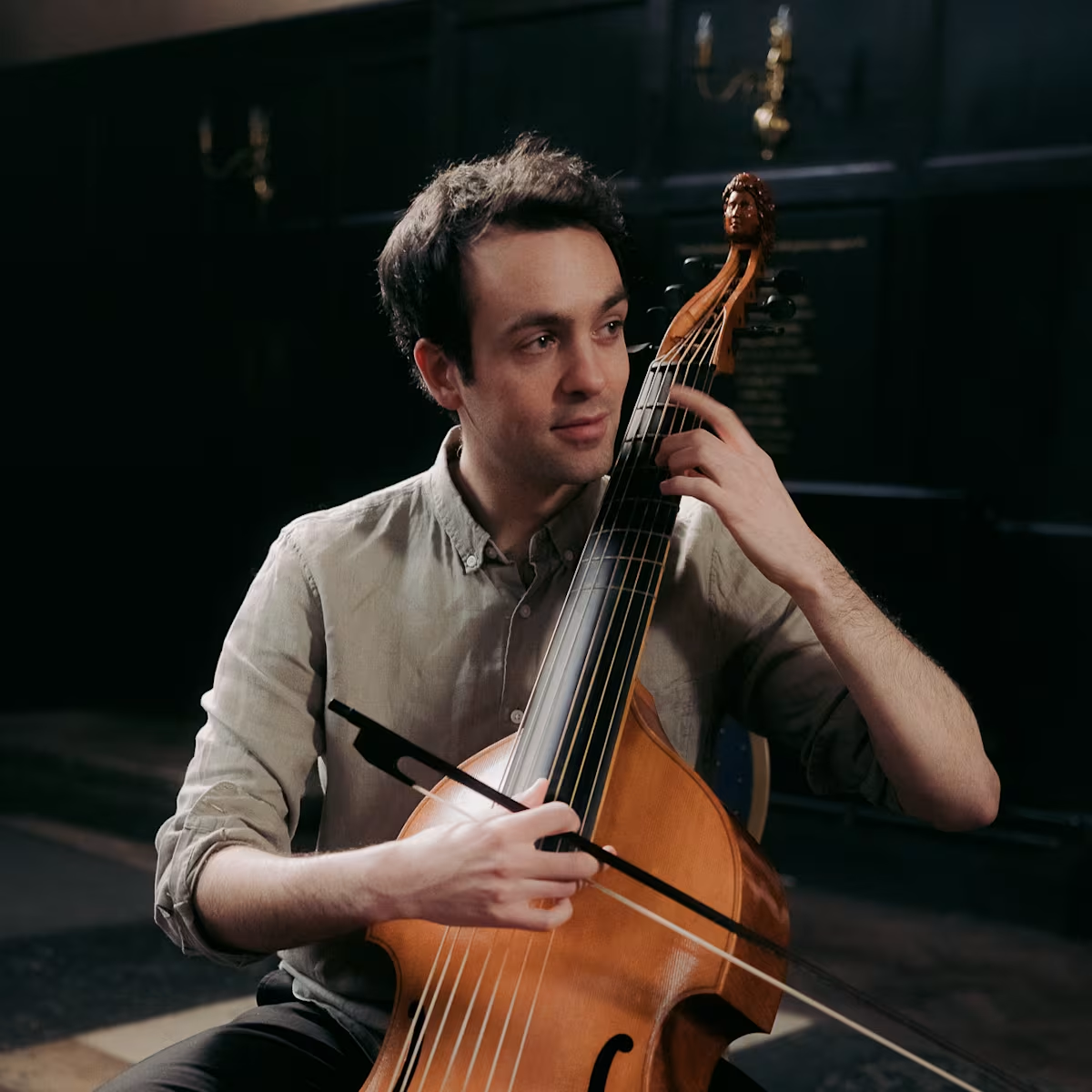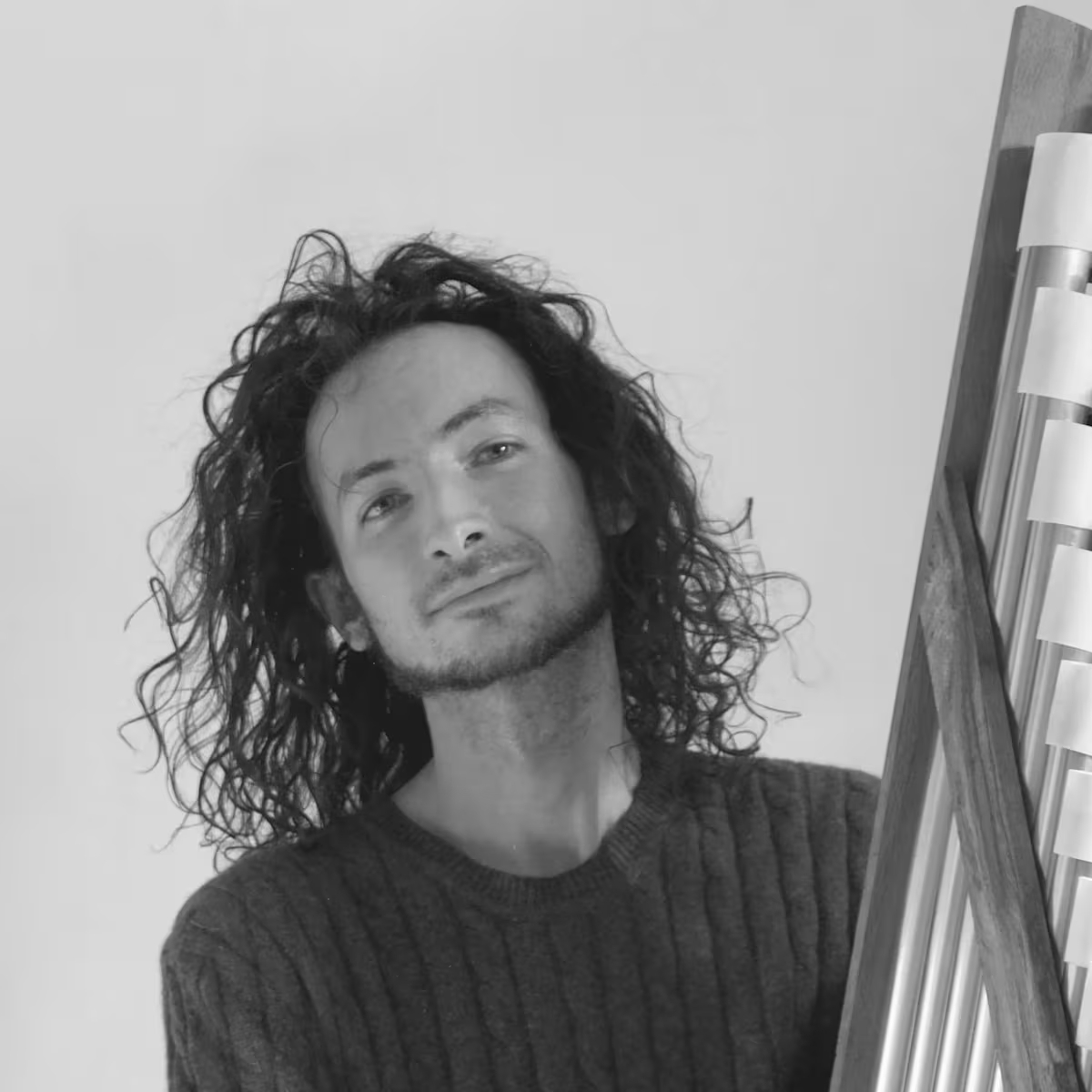Recording
Delair: The Violin Sonatas
The Levée, Marguerite Wassermann & Josef Laming
Share this

FIRST PUBLISHED 25 APR 2025
This album is the world premiere recording of Delair's Violin Sonatas, performed by The Levée, Marguerite Wassermann & Josef Laming.
In the royal privilege to the second edition of Denis Delair’s widely-read treatise Traité d’accompagnement pour le théorbe, et le clavecin from 1724, Delair alludes to the forthcoming publication of his instrumental music. Today’s reader of the treatise, one of the most important and detailed sources for French Basso Continuo practice at the turn of the 18th century, may be disappointed to find out that no printed music by Delair is known to exist.
However, Uppsala University's ‘Düben Collection Database Catalogue’ contains a manuscript copy of some ‘Sonates Violino seúl’ by a ‘Mr De L’air’. Initial research and a successful request for a digitalisation of these sonatas allowed The Levée to create an edition and to get to know this extraordinary music.
Delair’s sonatas are not entirely typical of French music of the time; rather, they display a desire to marry the Italian and French styles - something referred to at the time as les goûts réunis. Much of the harmonic language and figured bass practices can be described as typically French. Many movements are inspired by Italian models: extended Fugato sections, fast movements not based on dance models, and broken-chord figurations. This mixture of styles creates an interesting problem for the performers of Delair’s music, as decisions about stylistic identity need to be made when adding anything which is not notated in the music (inégal, ornamentation, realisation of figured bass). Whose traditions should we use as a guide?
Not only is Delair’s music both French and Italian in style, but some features are also entirely unique. In each sonata we can find movements which imitate vocal music in their rhetorical writing and use of dramatic speech rhythms. Some movements in this category are reminiscent of recitative, with the violinist taking the role of the singer above a sustained bass; more often, however, the bass and treble are in equally-matched dialogue. The harmony of these sections is very rich and often takes unexpected turns, combining typical French harmonies with an exploration of remote tonalities and shifting between major and minor. The extended harmonies in the sonatas correspond to those mentioned by Delair in the section titled ‘acompagnemens extraordinaires’ [sic] from his treatise.
Released on the Warbling Quire label, in partnership with Ulysses Arts, the album is available to purchase here, or to stream on Spotify or Apple Music.
Share this
Keep reading

In conversation: Nathan Giorgetti
Continuo Connect meets cellist and viola da gamba player, and member of Intesa Duo and Bellot Ensemble, Nathan Giorgetti.

Thomas Fournil’s Idrîsî: Mapping the Mediterranean Sound
Continuo Connect's Simon Mundy talks to Corsican composer Thomas Fournil about his Idrîsî Ensemble, ahead of their upcoming concerts this month.

Bach Cantatas
A recording celebrating Oxford Bach Soloist's journey with Bach, and an invitation to experience his timeless music



